Interview
Interview: Ed Merlin Murray
In conversation with UK based illustrator Ed Merlin Murray.
Can you talk about your journey into, or interest in the arts?
I grew up in a visual arts family – my dad was a theatre designer, and my mother and sister both professional painters – but my personal creative background was musical until relatively recently.
About 8 years ago I was working as a piano teacher in Hong Hong when I smashed up my left hand in a bike crash. No longer able to play, and actually quite happy to bow out of the world of peripatetic piano, I switched to drawing as a creative outlet (and got a job as an English teacher for money). I totally loved it straight away, began drawing for long hours every day and never looked back. I have just finished a degree in illustration, back here in England, and now make a living as an illustrator and animator.
You clearly use a sketchbook. I’m interested in what a sketchbook means to you and your work?
I carry a pair of Muji sketchbooks (of different sizes) everywhere and I draw in them daily. I deliberately use these flimsy books of quite cheap, thin paper to encourage myself not to be too precious – these books are for recording ideas at all hours of the day as well as for drawing from life.
I tend to draw the people around me at home / in restaurants / on public transport, as well as scenes from my dreams and ideas for bigger drawings, animations, and screen prints / Lino cuts. I also do a lot of thumbnailing for illustration jobs in my sketchbooks. They are basically the first port of call for all the image making I do. A lot of my more finished work suffers from being overwrought and over thought. The sketchbook stuff has a messy immediacy which is useful for me to remain engaged with.
You use several mediums, from collage to more sculptural forms, do you see a difference in how these work?
They all serve a different purpose, but come from the same place and exercise the same creative muscles. Sculptural stuff for instance serves as an antidote to long days of computer work. I do bits of digital animation, and while I love the products that come out of a day spent using After Effects, I don’t actually find the process very rewarding (it involves a lot of typing numbers into little boxes), so I might spend the evening in playing with Plasticine as a way to achieve the sense of satisfaction that comes from making something with my hands.
Collage for me is a good way to get past any kind of creative block. I have days when everything I draw falls short of my own standards, and at these times I find that it’s good to stop drawing and hack up some old books for a while instead. I usually end up creating some pleasing imagery which feeds into my drawing work in some way.
Your work focusses on the imaginary and in particular the face seems to be something you return to. Can you talk about this interest? or other interests you explore in your work?
I find human faces infinitely interesting and they are my go to default for brain-switched-off sketchbook doodling. A lot of my more brain-switched-on work deals with consciousness and the mind as themes, so human faces faces tend to feature in a lot of this.
In every drawing I am trying to create a new world, or tell a story, often fairly surreal. We all inhabit different worlds and stories as people, all of which begin and end with the experience of being incarnated into a human body. It follows for me that in most drawings I want to include some element of the human form, the most fascinating of which is the face.
Can you talk about your process of working. How do you work, how often, is there a particular pattern?
I begin every day by stumbling to my studio with a cup of tea. The next couple of hours before breakfast are usually my most productive, and I make sure to have ready in there whatever job I want to make the most progress with in the day. I work all day if I can, then normally spend the evenings drawing in my sketchbook, indoors upon the sofa.
I have a day of once or twice a month, but I’m absolutely not trying to say I’m extremely hard-working, more just that I’m in the lucky position of having found something that I love to do, and a situation which allows me to do it.
Do you find the process of creating work relaxing or therapeutic? I’ve become increasingly interested in the relationship of the sketchbook and the work to the artist.
Absolutely therapeutic. As a bipolar person, drawing in my sketchbook is one of the tools I have for managing my own brain. Certain types of drawing are completely immersive and relaxing, and if I have a day without drawing I become tense and weird. For me, the simple act of drawing lines with pen on paper is enough to transcend some of the cares of human existence.

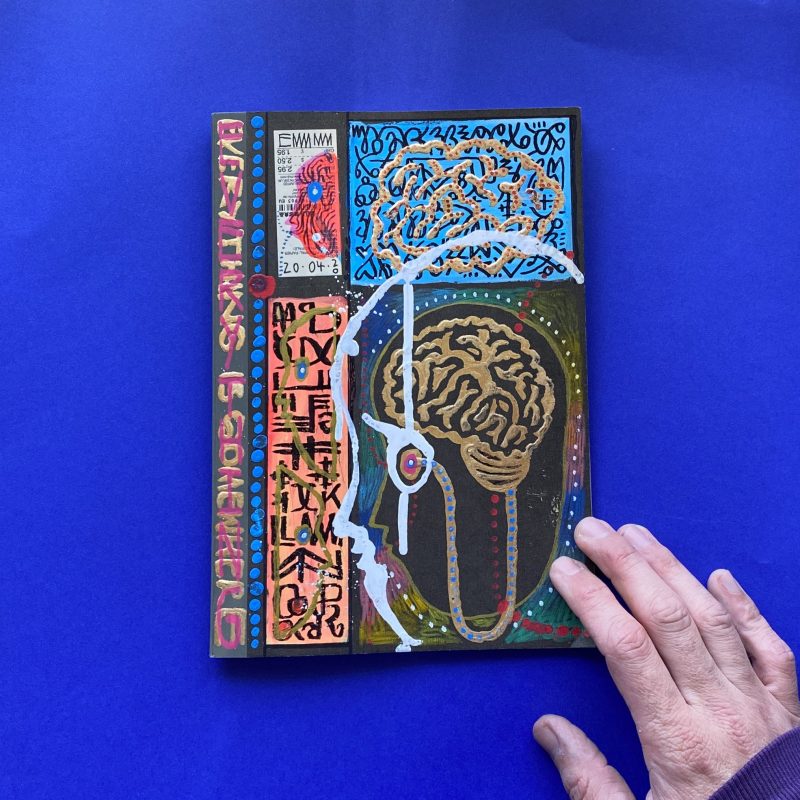
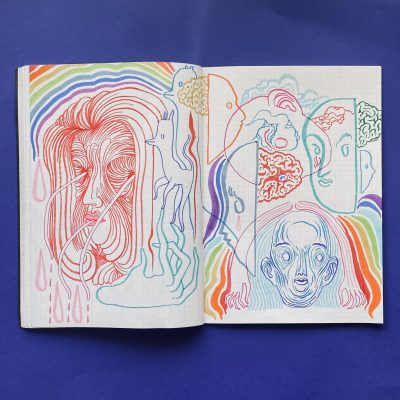
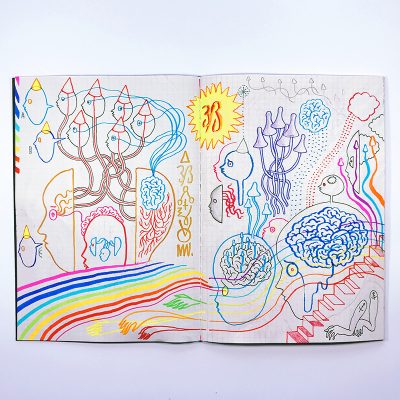
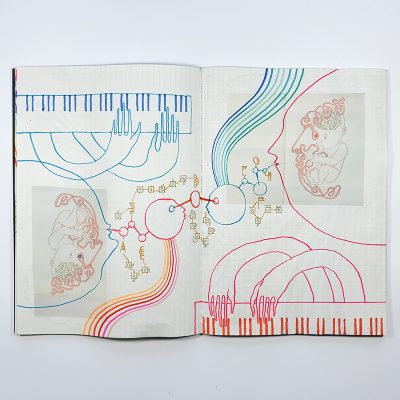
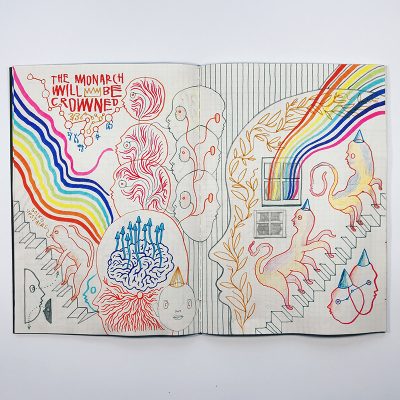
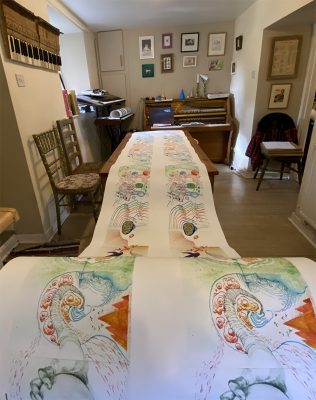
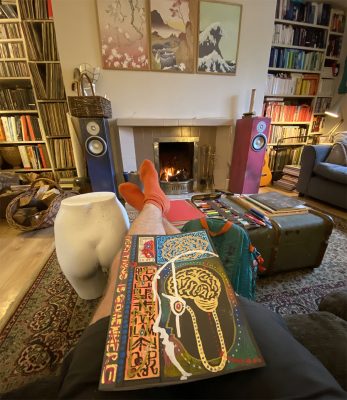
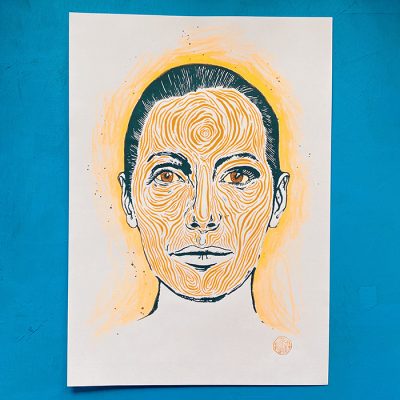
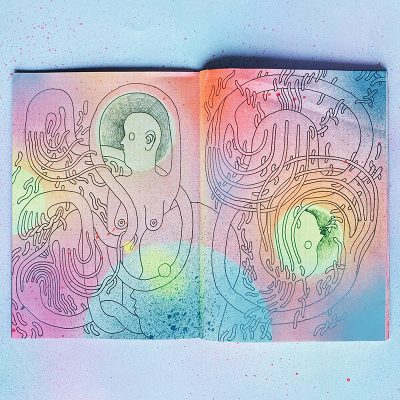
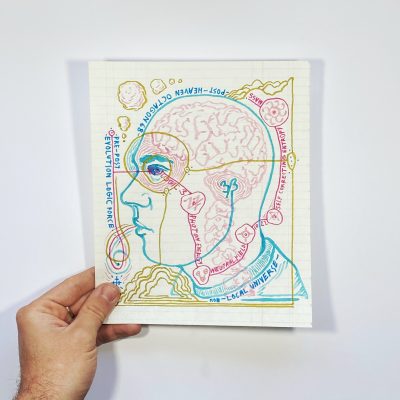
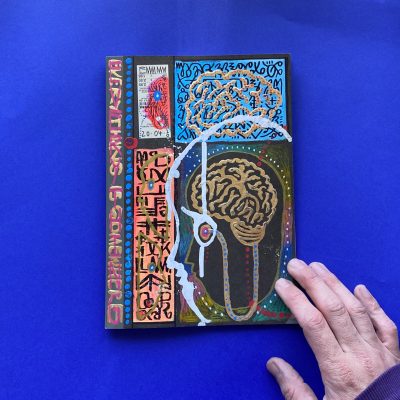
Do you like this artist?
If so, why not write a comment or share it to your social media. Thanks in advance if you can help in this way.